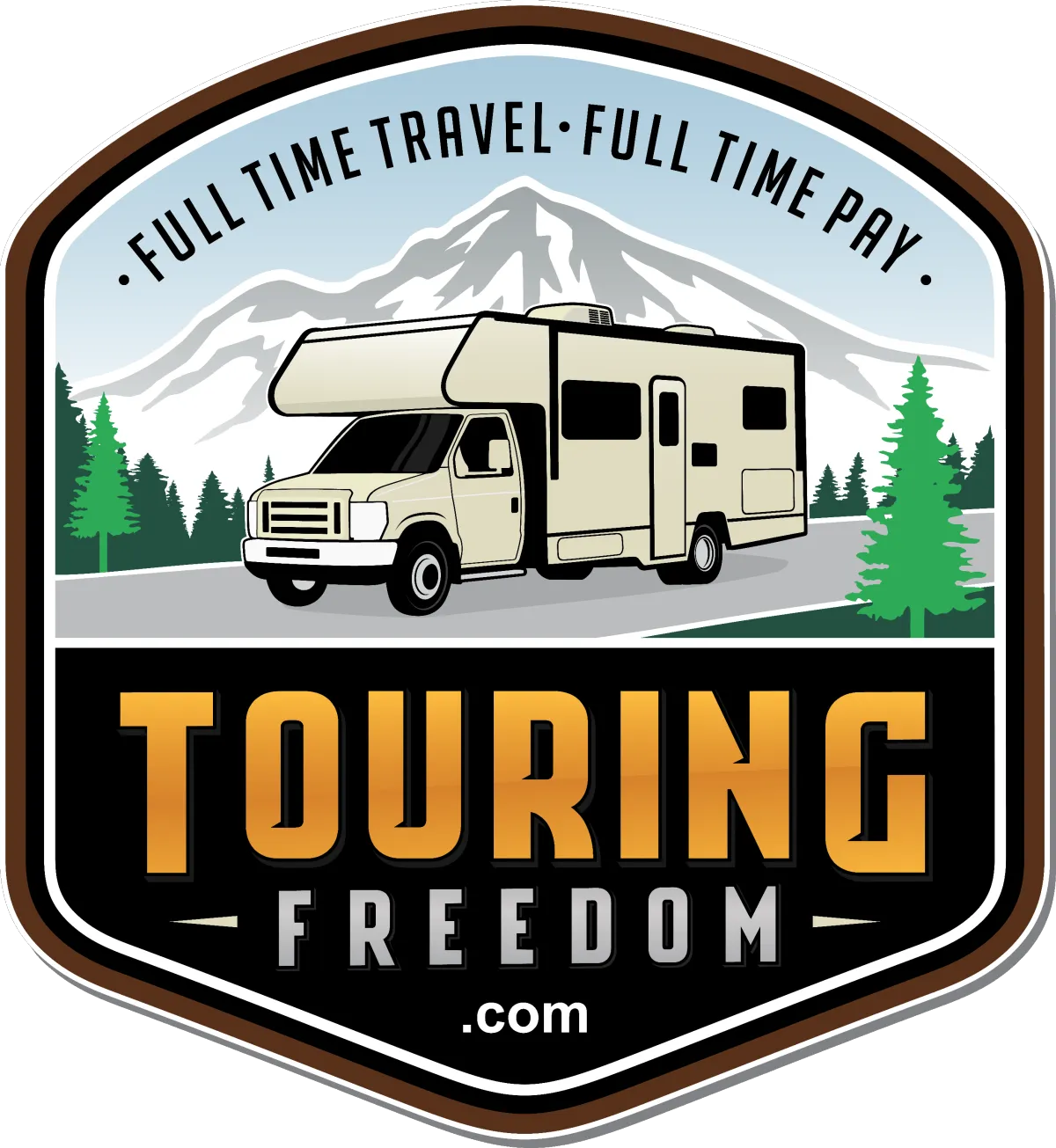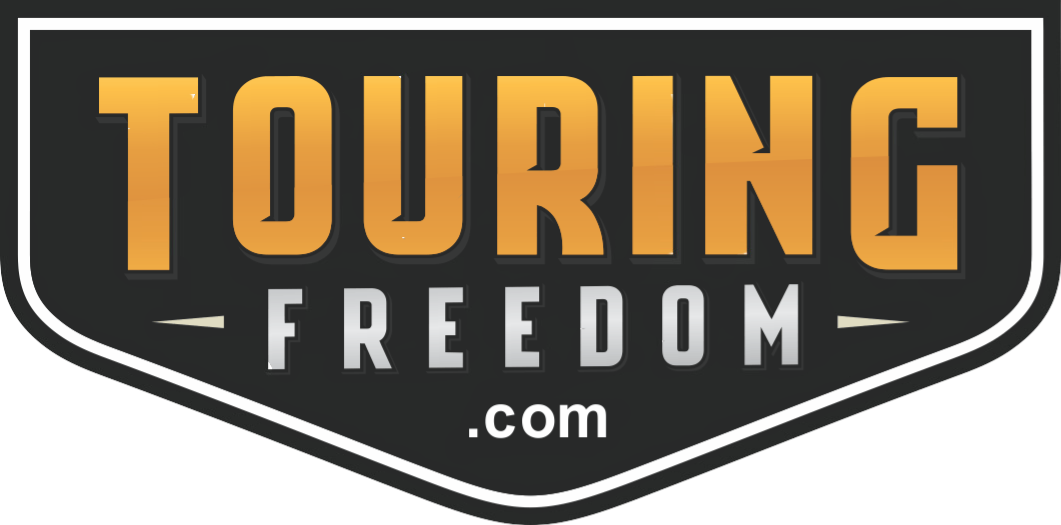Touring Freedom Blog
Touring Freedom Blog

The 9 Make-or-Break Questions Every Digital Product Sales Page Must Answer
Your sales page has one job: to turn curious visitors into paying customers. But here's the thing most marketers get wrong: they focus on features, benefits, and flashy design while completely missing the fundamental questions racing through every potential buyer's mind.
After analyzing hundreds of high-converting sales pages and working with dozens of digital product creators, I've identified the exact 9 questions that determine whether someone clicks "buy now" or bounces to your competitor. Miss even one of these, and you're bleeding potential customers.
Let's dive into each question and explore multiple ways to address them throughout your sales page.
The 9 Make-or-Break Questions Every Digital Product Sales Page Must Answer
Question 2: What Do I Get Out Of This/What Happens If I Buy This?
Question 3: Does This Actually Work?
Question 4: Why Should I Trust You?
Question 6: How Is This Different Than Anything Else Like It?
Question 7: How Does It Work Exactly?
Question 8: Why Should I Buy This Now Instead Of Later?
Question 1: What Is This?
This seems obvious, but you'd be shocked how many sales pages leave visitors confused about what they're actually buying. Your product clarity needs to hit visitors within seconds of landing on your page.
Where to address this:
- Headline and subheadline: Make it crystal clear what you're selling
- Hero section: Use both text and visuals to immediately communicate your product
- Product overview section: Dedicate a specific area to explaining exactly what your product is
Example approaches:
- "Master Email Marketing: A Complete 8-Week Video Course for Small Business Owners"
- Use mockups, screenshots, or video previews showing exactly what they'll receive
- Create a simple "What You Get" box that lists the main components
The key is specificity. Instead of "Digital Marketing Course," say "Step-by-Step Instagram Growth System That Helped 500+ Businesses Gain 10K+ Followers in 90 Days."
Question 2: What Do I Get Out Of This/What Happens If I Buy This?
People don't buy products. They buy outcomes. This question goes deeper than features; it's about transformation and results.
Multiple ways to answer this:
- Before/After scenarios: Paint a vivid picture of their life before and after using your product
- Specific outcomes section: List concrete results they can expect
- Success stories: Share detailed case studies showing real transformations
- Day-in-the-life descriptions: Show what their improved life/business will look like
Pro tip: Focus on emotional outcomes, not just practical ones. Yes, your course might teach Facebook ads, but what they really want is the confidence of running profitable campaigns and the freedom that extra income provides.
Question 3: Does This Actually Work?
Trust is everything in digital product sales. People have been burned before by courses that promised the world and delivered nothing.
Evidence you need to provide:
- Social proof: Reviews, testimonials, and success stories from real customers
- Your credentials: Why are you qualified to teach this?
- Case studies: Detailed examples of your method working
- Results screenshots: Show real numbers, real accounts, real outcomes
- Media mentions: Any press, podcasts, or recognition you've received
Advanced trust-building strategies:
- Include video testimonials whenever possible
- Show testimonials om customers at different skill levels
- Address common objections directly in your FAQ section
- Offer a behind-the-scenes look at your process or methodology
Question 4: Why Should I Trust You?
This goes hand-in-hand with question 3 but focuses specifically on you as the creator and authority.
Ways to build authority:
- Your story: Share your journey and why you created this product
- Credentials section: List relevant experience, certifications, or achievements
- Client logos: If you've worked with recognizable brands, show them
- Numbers that matter: How many people you've helped, years of experience, etc.
- Vulnerability: Share failures and lessons learned (it makes you more relatable)
Don't just list accomplishments; tell the story behind them. People connect with stories, not resume bullets.
Question 5: Who Is This For?
One of the biggest conversion killers is when people can't see themselves in your product. You need to make it crystal clear who your ideal customer is.
How to address this:
- "This is perfect for you if..." section: List specific scenarios or situations
- Customer avatars: Describe your typical customers in detail
- Industry/role specific language: Use terminology your audience understands
- Exclusions: Sometimes saying who it's NOT for is just as important
Example: Instead of "for entrepreneurs," say "for service-based business owners making $50K-$200K who want to scale without hiring more employees."
Question 6: How Is This Different Than Anything Else Like It?
In today's crowded digital marketplace, differentiation is crucial. People need to understand why they should choose you over the dozens of similar products available.
Ways to highlight your uniqueness:
- Comparison charts: Show how you stack up against competitors (without naming them)
- Your unique method or framework: Give it a name and explain why it's different
- Personal approach: What makes your teaching style unique?
- Exclusive bonuses: What do they get that they can't get anywhere else?
- Format differences: Maybe you're the only one offering video + worksheets + live calls
Remember: Don't just be different. Be better in ways that matter to your audience.
Question 7: How Does It Work Exactly?
People want to understand the process before committing. This reduces anxiety and helps them visualize themselves succeeding with your system.
Ways to explain your process:
- Module breakdown: Show the exact curriculum or content structure
- Step-by-step overview: A high-level view of their journey
- Timeline expectations: How long will it take to see results?
- Learning format: Videos, PDFs, live calls, community access?
- Support level: What help will they get along the way?
Create a section that walks through their experience from purchase to completion. The more clearly you can map out their journey, the more comfortable they'll feel taking the first step.
Question 8: Why Should I Buy This Now Instead Of Later?
This is where urgency and scarcity come into play, but it needs to be genuine, not manufactured.
Legitimate reasons to buy now:
- Limited-time pricing: Genuine sale prices with clear end dates
- Bonus deadlines: Extra content that's only available for early buyers
- Cohort-based courses: Classes that start on specific dates
- Your schedule: If you're only taking a certain number of students
- Market conditions: External factors that make now the right time
- Momentum: The power of starting immediately vs. procrastinating
What not to do: Fake countdown timers or artificial scarcity. Today's consumers are smart and will call out these tactics.
Question 9: What Do I Have To Lose?
This is about risk reversal. You need to make the decision as low-risk as possible for your potential customers.
Risk reversal strategies:
- Money-back guarantees: The longer the better (30, 60, or even 90 days)
- Partial refund options: Maybe they can get refunded if they complete certain modules but don't see results
- Free trials: Let them try before they buy
- Payment plans: Lower the barrier to entry with installment options
- Success guarantees: Offer additional support if they don't achieve specific results
Advanced approach: Instead of just offering a refund, offer to work with them personally until they succeed. This shows incredible confidence in your product while removing all risk from their perspective.
Bringing It All Together
Here's the reality: every single one of these questions will pop up in your prospect's mind at some point during their evaluation. Your job is to anticipate and answer them before they even have to ask.
The most successful sales pages address these questions in multiple places:
- Some are answered in the headline and hero section
- Others get dedicated sections in the middle of the page
- Many are reinforced through testimonials and social proof
- All of them should be covered in your FAQ section
Pro tip: After writing your sales page, go through this list and check off where you've addressed each question. If you can't find clear answers to all nine, you've got work to do.
The difference between a sales page that converts at 1% and one that converts at 5% often comes down to how thoroughly and convincingly you answer these fundamental questions. Your prospects are already asking them. The question is whether you're providing satisfying answers.
Don't leave money on the table by assuming people will figure it out on their own. Spell it out clearly, address every concern, and watch your conversion rates climb.
Remember: people don't buy when they understand your product. They buy when they understand themselves in relation to your product and feel confident about the outcome they'll achieve.


